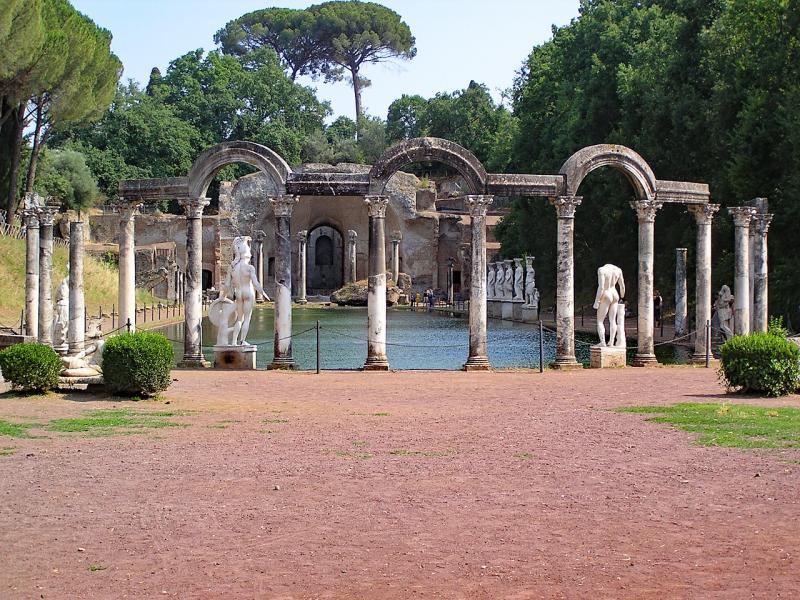Archaeologists have unearthed five monumental buildings at the Villa Adriana (Hadrian’s Villa) at Tivoli, near Rome. Roman Emperor Hadrian constructed the villa as a retreat between 38 AD and 118 AD. After his death in 138 AD, the building complex was used and enlarged by his successors. Italian newspaper ‘Il Messaggero’ reports that archaeologists have discovered five buildings decorated with large statues. Hadrian designed the complex of structures to creating an idealised landscape garden. Researchers from the Sapienza University of Rome carried out excavations in an area that previously was regarded to be of little interest and in the 1960s became a campsite. The archaeologists presented their findings at the International Congress of Classical Archaeology Centre at Mérida in Spain. Excavation director and Sapienza University researcher Adalberto Ottati said: “What’s been found is just the tip of the iceberg because these structures have never been documented before not even by scholars like [Giovanni Battista] Piranesi who studied the ancients.” Ottati revealed that prior to the dig the only visible monument was the so-called Republican-era mausoleum, which is a round building dating to 123 AD. In light of the excavations, experts have reinterpreted the structure as a pavilion-museum, whose splendour lies inside not outside. The archaeologists have uncovered rich architectural decorations including a Doric colonnade that refers to Ancient Greek architecture. Ottati suggested that the building contained statues and artworks, and was used as a place to contemplate beauty. Archaeological surveys reveal there is a further sequence of buildings: a rectangular temple, followed by a second circular pavilion combined with another rectangular temple crowned by a portico. Ottati said that the structures’ arrangement create various viewpoints that play with the relationship between nature and architecture that recreate idyllic Hellenistic landscapes that can be found in paintings from Pompeii. The archaeologists also found hundreds of marble fragments that form part of a colossal statue. The statue has been re-assembled and experts hypothesise it could be a representation of Hadrian’s wife, Empress Vibia Sabina. Excavation work will resume at the site in September 2013.
Excavations Uncover Five Buildings In Garden At Hadrian’s Villa

Location
You may also be interested in...
Latest property in Lazio
370 m²
7 Bedrooms
279000
7 Bedrooms
995000
0 m²
11 Bedrooms
2500000
0 m²
4 Bedrooms
695000
520 m²
4 Bedrooms
325000
220 m²
4 Bedrooms
130000









